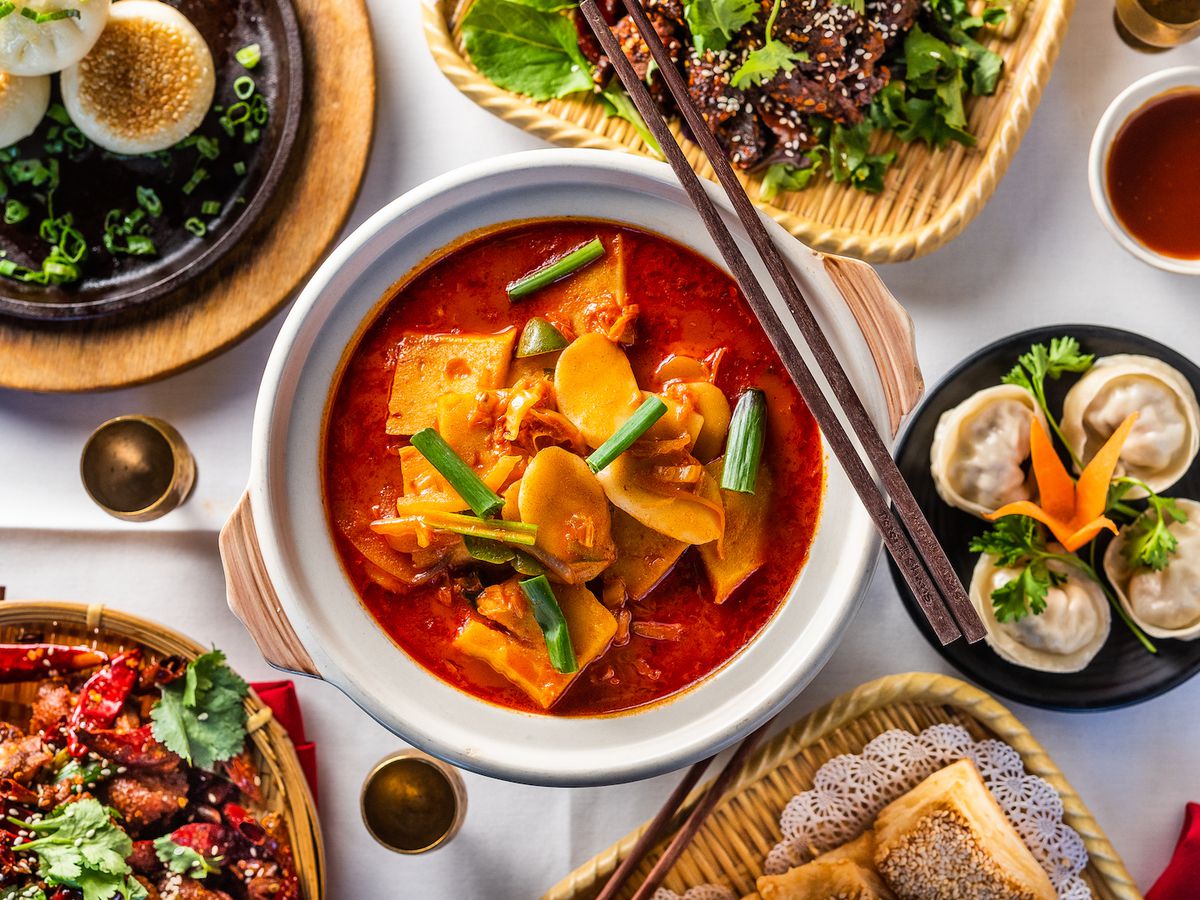Being America’s third-largest city, we are fortunate enough to find cuisines from every part of the world in Chicago, including authentic Chinese food from China. In a big country like China where there are so many different provinces and ethnic groups, one can find many regional variations in Chinese cuisine. Among the top Chinese restaurants in Chicago, you can find Usmania Chinese where you can get authentic Chinese food and regional cuisines.
China’s cooking styles and dietary preferences have divisions with regard to the geographical areas, and each area has a distinct style of cooking. Below in detail are the types of these regional foods.
8 Regional Chinese Cuisines
Chinese regional cuisines are the different cuisines that are a part of different provinces and prefectures of China as well as larger Chinese communities overseas. Until the end of the Qing Dynasty (618-1279 A.D.), Chinese cuisine was divided into the Four Great Traditions which were Chuan, Lu, Yue, and Huaiyang, representing West, North, South and East China cuisine respectively. In today’s world, the list includes Eight Great Traditions that are as follows:
- Cantonese
- Sichuan
- Anhui
- Shandong
- Fujian
- Jiangsu
- Hunan
- Zhejiang
These cuisines differ by their geographical location so naturally, they include the staple crops that grow in that region and terrain and also include people’s preference.
1. CANTONESE/GUANGDONG CUISINE
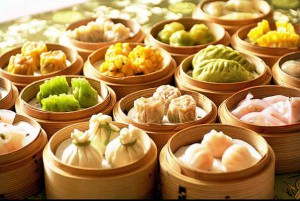
Source: The Chinese Quest
China’s third-largest city, Guangzhou is the home of Cantonese cuisine. This is the style of cuisine most commonly served overseas in Chinese restaurants. Guangdong Province and Hong Kong are well-known for fine seafood dishes and rice dishes. They offer a wide variety of foods, and the dishes they serve are light in flavor and often mildly sweet tasting. Influenced by both Oriental and Western cooking traditions, the favored cooking styles are braising, stewing and sautéing and typical ingredients include a variety of meats and vegetables. Popular sauces used in Cantonese cuisine include Hoisin Sauce, Oyster Sauce, Plum Sauce, and Sweet and Sour Sauce.
2. SICHUAN CUISINE
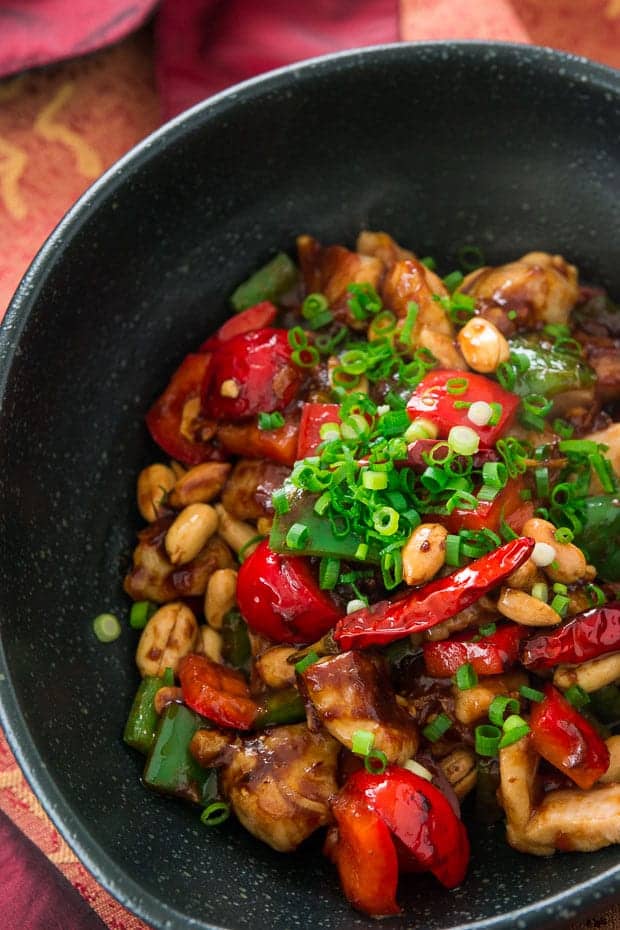
Source: No Recipes
Sichuan cuisine is a style of Chinese cuisine originating from the Sichuan Province of southwestern China. Also Szechuan or Szechwan Cuisine is popular for its use of strong spices. Typical spices and condiments include chili, Sichuan peppercorns crushed garlic, fish sauce, ginger juice, and soy sauce.
Sichuan cuisine is also well-known for its fish dishes and offers more beef dishes than other types of Chinese cuisines, which is due to the abundance of oxen in the region. this type employs a variety of different cooking methods, including sautéing, stir-frying without steaming, dry-braising, soaking in water, or frying and then braising with cornflour sauce.
3. JIANGSU CUISINE

Source: Easy Tour China
Jiangsu Cuisine, or Su cuisine, is popular for its great seafood and generally sweet and light flavors, and tender textures, with an emphasis on soup. Most popular cooking methods include stewing, braising, stir-frying and pickling, often with some added sugar. More often than not, the dishes are arranged carefully to make a visual impact and remarkable food presentation. Jiangsu cuisine is especially popular in regions along the lower reaches of the Yangtze River.
4. ZHEJIANG CUISINE
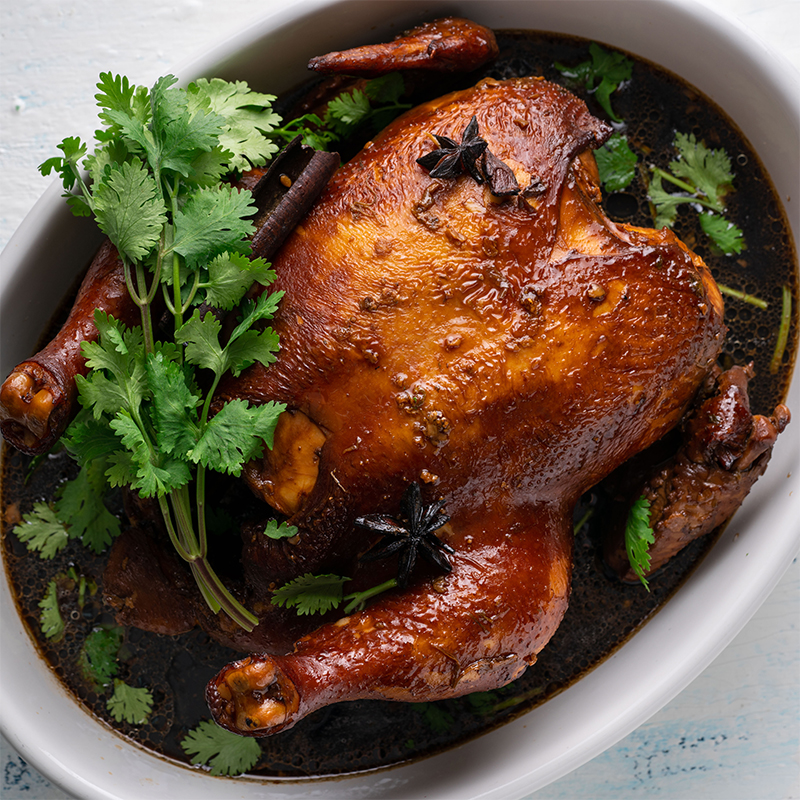
Source: Marion’s Kitchen
Zhejiang (or Zhe Cuisine) is famous for its great seafood and generally sweet and light flavors. With a mellow and non-greasy flavor, it focuses more on serving fresh food. As it is adjacent to Jiangsu province, fish from the Yangtze River dominates Zhejiang cuisine.
Since this southern province grows bamboo, nearly half the dishes in Zhejiang cuisine include bamboo shoots, which add a tender element. Meat is often marinated in a mixture of vinegar and sugar. The main methods of cooking are quick frying, stir-frying, braising and deep-frying.
5. FUJIAN CUISINE
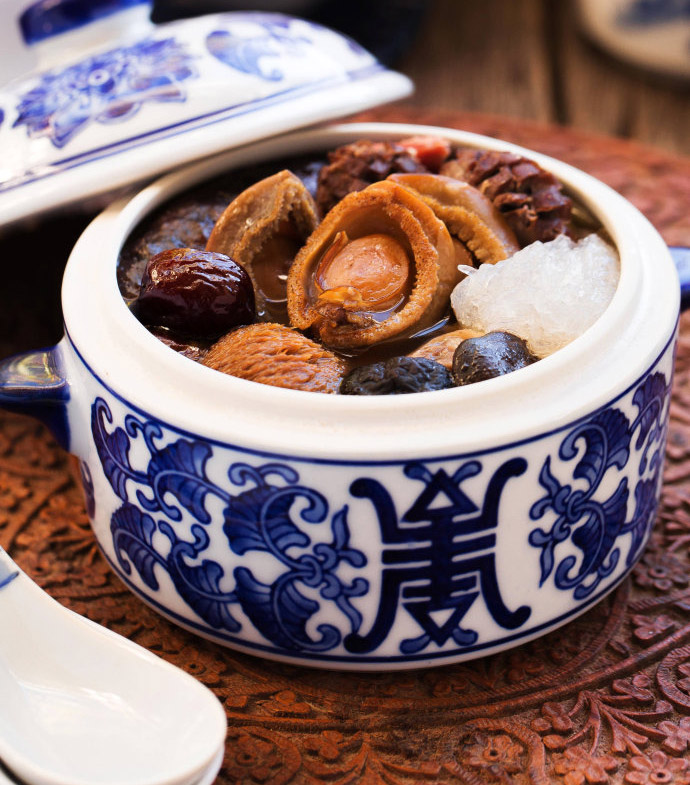
Source: Yum of China
Fujian Cuisine, also known as Min Cuisine, is characterized by wild foods from the mountains, great seafood, and generally sweet and light flavors. Dishes have a delicate savory flavor, and almost always come with soup or broth. The cuisine category consists of four sub-categories: Fuzhou is light, with sweet and sour flavors; Western Fujian has a slightly spicier taste from using mustard and pepper; Southern Fujian is spicy and sweet and utilizes many sauces; Quanzhou is the least oily of the styles but has the strongest flavor.
The texture, flavor, and aroma of the dishes are enhanced by the chef’s knife skills, with finely chopped ingredients being quickly boiled, stir-fried, or added to the soup. Some of the most nationally popular dishes from the region include red wine and referred to as “drunken” dishes. The most common type of sauce in this type of cuisine is Fermented Fish Sauce known locally as Shrimp Oil.
6. HUNAN CUISINE
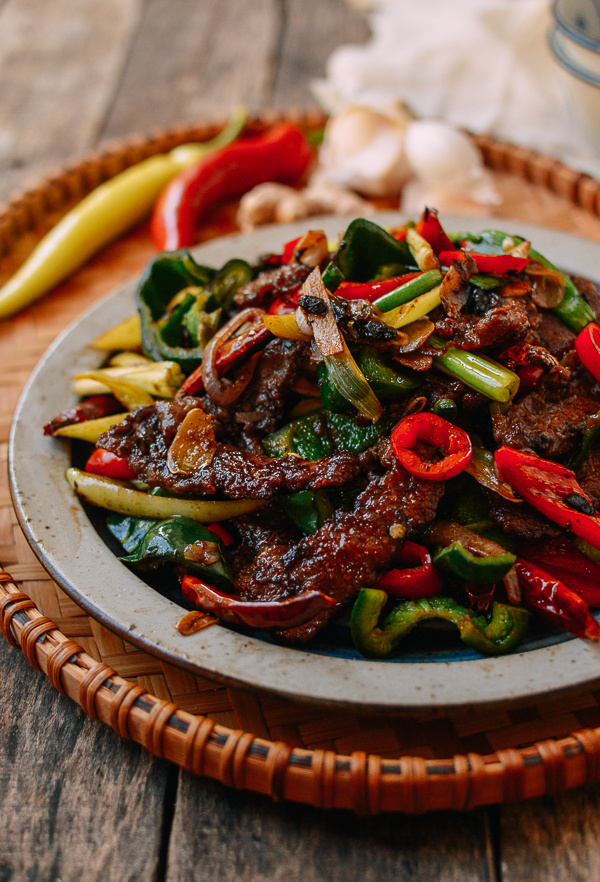
Source: the Wok of Life
Hunan cuisine is famous for its spiciness, deep colors and fresh aromas. Located in southern China, Hunan is dominated by rolling hills and beautiful valleys, which provide a fertile ground for growing a wide range of crops, especially rice. Smoked and cured foods are typical in this part of the country. The main cooking techniques include braising, stewing, smoking and steaming. The most popular seasonings are soy sauce, tea seed oil, spicy oil, Chinese red pepper, fennel, and cassia bark.
7. ANHUI CUISINE
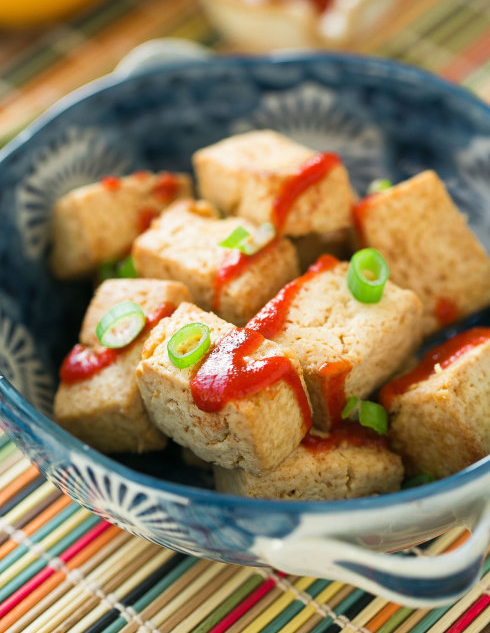
Source: Yum of China
Also known as Hui Cuisine. Anhui Cuisine is well-known for including wild foods from the mountains, both plants, and animals, with a healthy emphasis on ultra-fresh ingredients. It is similar to Jiangsu cuisine, but with less emphasis on seafood and more on a wide variety of local herbs and vegetables such as mushrooms, berries, tea leaves, bamboo shoots.
The cooking methods include braising and stewing and using a lot of oil, with special attention given to the appearance, color, taste, and temperature of the food in order to preserve the nutrients in the food.
8. SHANDONG CUISINE
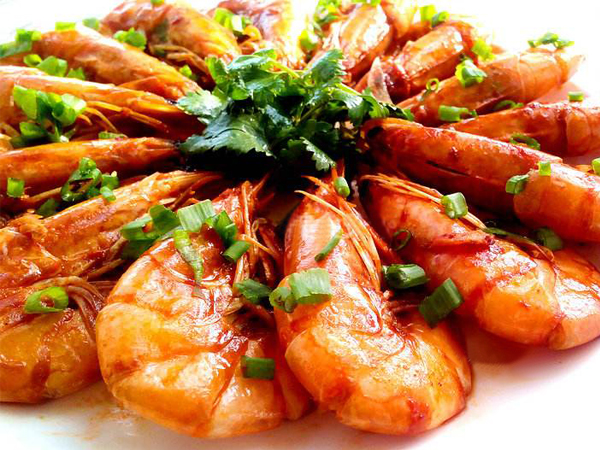
Source: Top China Travel
Shandong Cuisine is also known as Lu Cuisine and is recognized as being fresh and salty, with a lot of seafood dishes. One of the main characteristics of this type of cuisine is the tendency to eat bread instead of rice and the use of onions as seasoning. The most popular ingredients include seafood, such as scallops, prawns, clams, sea cucumbers, and squid. Common vegetables include potatoes, tomatoes, cabbages, mushrooms, onions, garlic, and eggplants. Roasted or salted peanuts are also a part of these dishes to add a bit of crunchiness and flavor. Common methods of preparation are quick-fry and deep-fry, which creates the distinctive crispy texture of the dishes. Typical dishes include lightly seasoned seafood, soups, and stir-fried, braised and deep-fried foods.
Endnote
Some marvelous options from these regional cuisines are now popular in and outside of China. Chinese food is also quite popular in Chicago and there are some can’t-miss restaurants for the most authentic Chinese food in Chicago. Halal Chinese food in Chicago is a rarity but you can try it at Usmania Chinese on Devon Street. Our chefs will provide the Chinese food enthusiast in you with the best and most authentic Chinese food Chicago has to offer.


